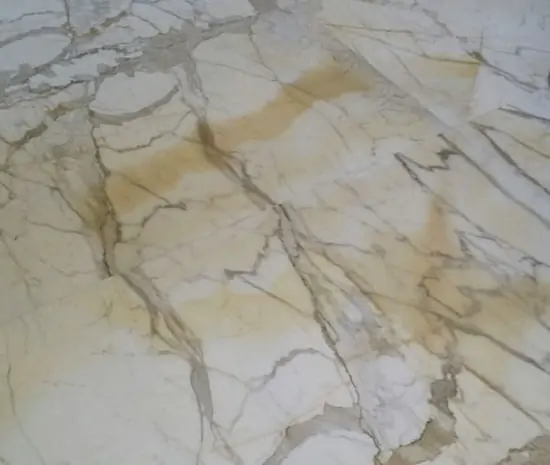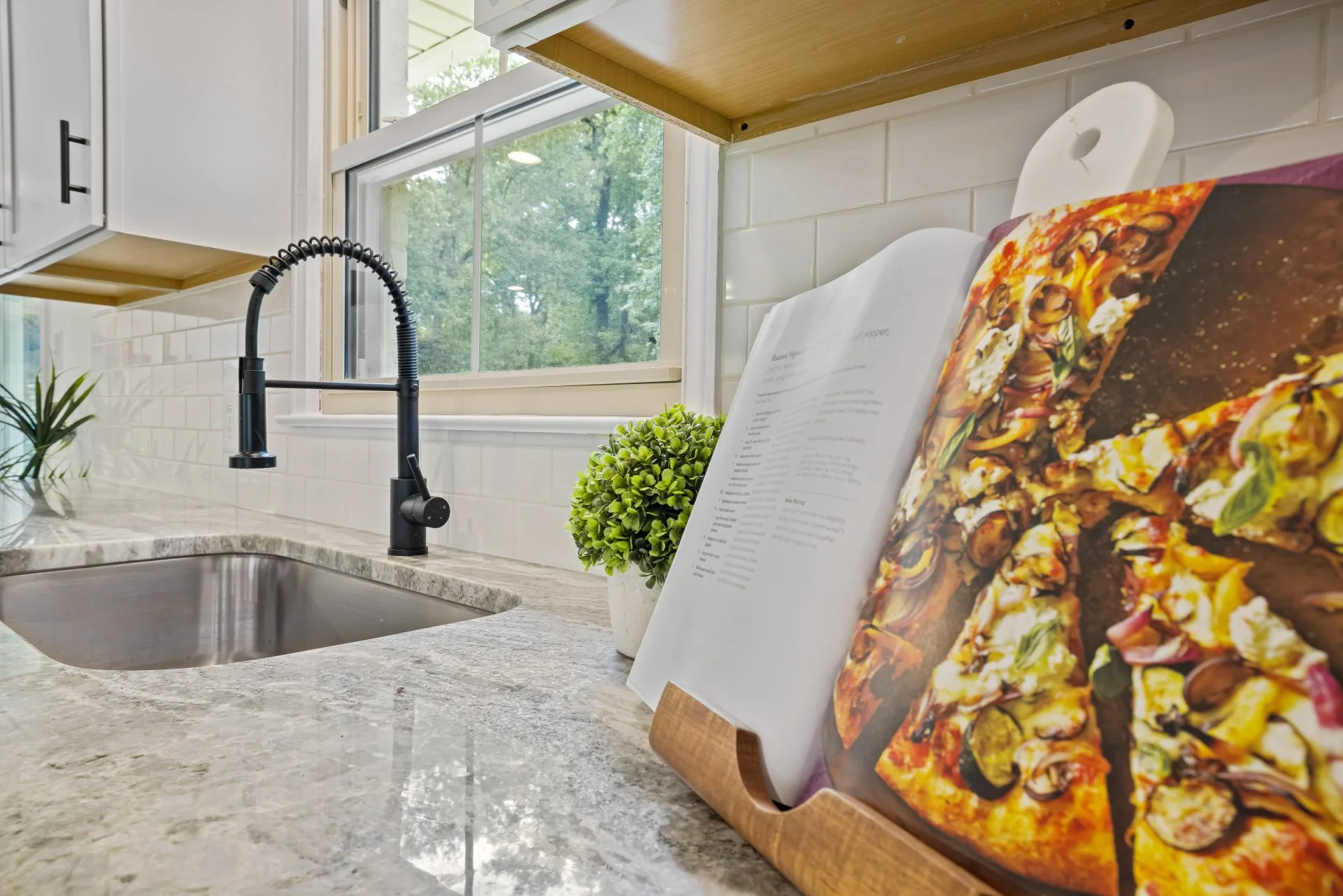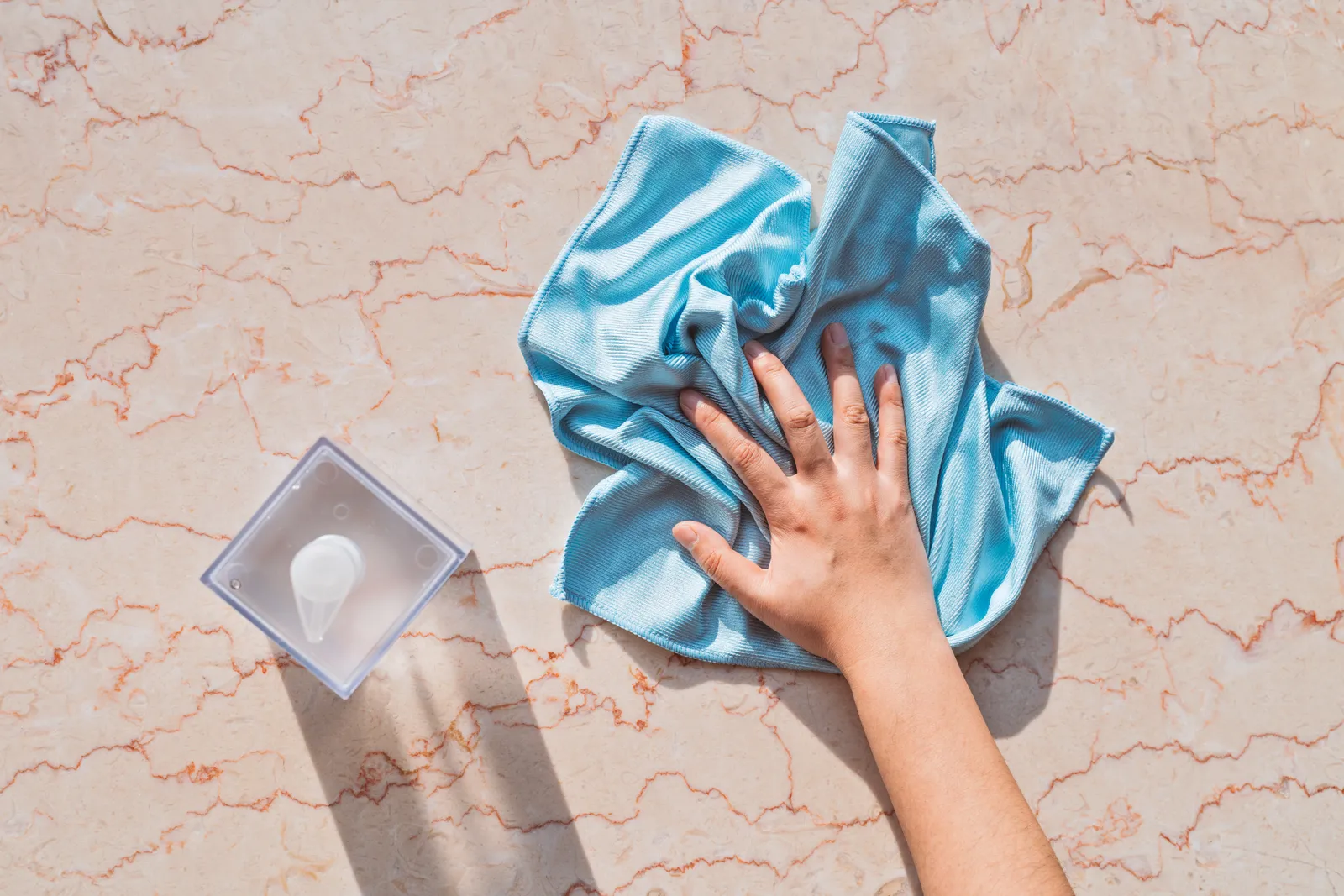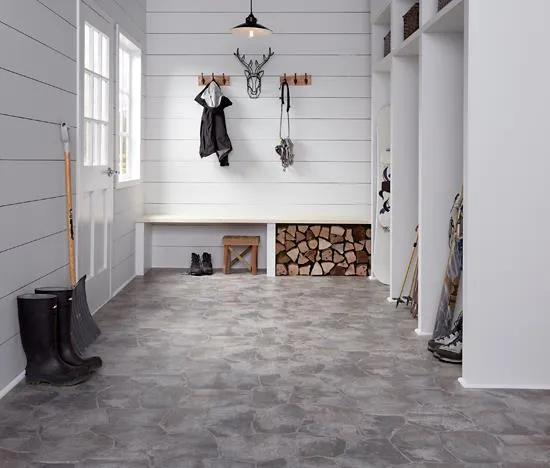Marble has long been revered for its elegance and timeless beauty, making it a popular choice for countertops, flooring, and other surfaces. But when it comes to durability and stain resistance, many people wonder: is marble truly stain-free?
Let's delve into the world of marble and explore the truth behind its stain-resistance claims.
Common misconceptions about Marble Stains
Marble is often associated with luxury and sophistication, leading many to believe that it is impervious to stains. However, this is a common misconception. While marble is a durable and hard-wearing natural stone, it is not completely stain-free. The porosity of marble leaves it susceptible to absorbing liquid substances, which can result in stains if not promptly cleaned.
It is essential to understand that marble's susceptibility to staining does not make it a poor choice for surfaces. With proper care and maintenance, marble can maintain its beauty and durability for many years. The key lies in understanding the properties of marble and taking the necessary precautions to prevent and remove stains.
How to Prevent Stains on Marble Surfaces
Preventing stains on marble surfaces begins with proper sealing. Applying a high-quality marble sealant creates a protective barrier that helps prevent liquids from seeping into the stone and staining it. It is recommended to seal marble surfaces regularly, especially in high-traffic areas or areas prone to spills.
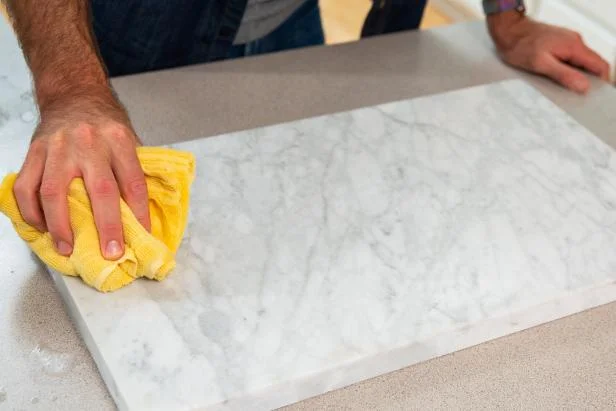
In addition to sealing, there are several other preventive measures you can take to minimize the risk of staining on marble surfaces. Wiping up spills immediately is crucial to prevent liquids from penetrating the pores of the stone. Using coasters, placemats, and cutting boards can also provide an extra layer of protection against stains.
When it comes to cleaning marble, it is important to use pH-neutral cleaners specifically designed for marble surfaces. Avoid using acidic or abrasive cleaners, as they can damage the stone and make it more susceptible to staining. Instead, opt for gentle cleaners that are safe for marble and won't compromise its natural beauty.
Cleaning and Maintenance Tips for Marble
Regular cleaning and maintenance are essential for preserving the natural beauty of marble and preventing stains. Here are some tips to keep your marble surfaces looking pristine:
1. Dust and sweep regularly: Use a soft, dry cloth or a dust mop to remove dust and debris from the surface of marble. Avoid using brooms with stiff bristles, as they can scratch the stone.
2. Wipe up spills immediately: Promptly clean up any spills to prevent them from seeping into the pores of the marble. Use a soft, absorbent cloth or paper towel to blot the spill, rather than wiping it, which can spread the liquid and potentially cause more staining.
3. Use pH-neutral cleaners: When cleaning marble, choose mild, pH-neutral cleaners specifically formulated for marble surfaces. Avoid acidic or abrasive cleaners, as they can dull the shine and damage the stone.
4. Avoid using vinegar and lemon juice: While vinegar and lemon juice are often used as natural cleaners, they are acidic and can etch the surface of marble. It is best to steer clear of these substances when cleaning marble.
5. Protect marble from heat and scratches: Use trivets or hot pads under hot cookware to prevent heat damage to marble surfaces. Place felt pads under heavy objects or furniture to prevent scratches.
6. Regularly reseal marble surfaces: As mentioned earlier, sealing is crucial for protecting marble from stains. Regularly check the sealant on your marble surfaces and reapply as necessary.
Common Types of Stains on Marble and How to Remove them
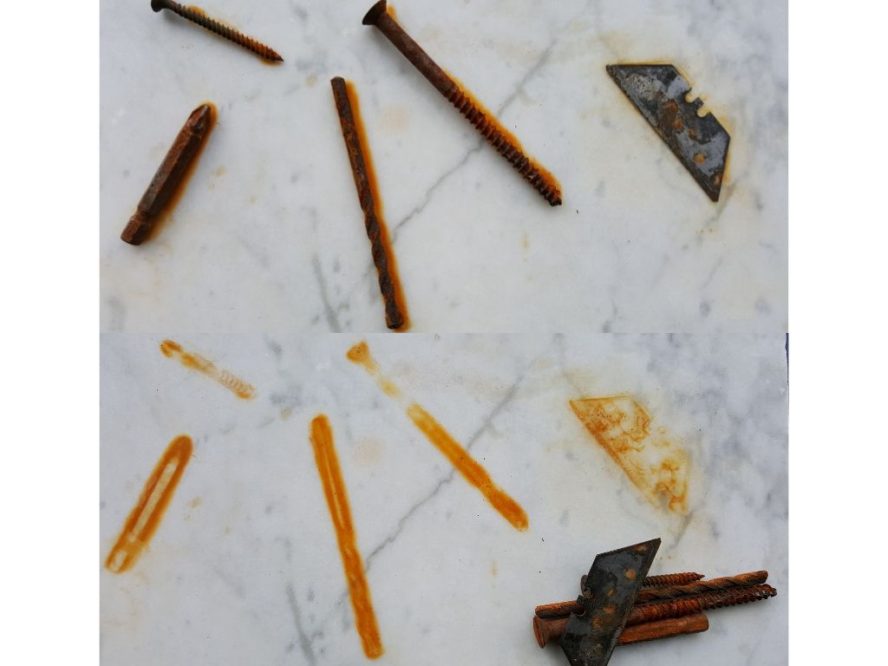
Despite our best efforts, stains may still occur on marble surfaces. Understanding the types of stains and how to remove them can help you tackle the issue effectively. Here are some common types of stains and their removal methods:
1. Organic stains: These include stains from food, beverages, and other organic substances. To remove organic stains, create a paste with baking soda and water, apply it to the stain, and cover it with plastic wrap. Allow the paste to sit overnight, then gently wipe it away with a damp cloth.
2. Oil-based stains: Oil-based stains can be caused by substances such as cooking oil, grease, and cosmetics. To remove these stains, create a poultice using a mixture of baking soda and acetone or mineral spirits. Apply the poultice to the stain, cover it with plastic wrap, and let it sit for 24-48 hours. Remove the poultice and wipe away any residue with a clean cloth.
3. Rust stains: Rust stains can occur when metal objects come into contact with marble. To remove rust stains, use a commercial rust remover specifically formulated for marble. Follow the instructions on the product carefully and rinse the area thoroughly after treatment.
4. Etch marks: Etch marks are not technically stains but are often mistaken for them. These marks are caused by acidic substances that react with the marble, resulting in dull spots or discoloration. To remove etch marks, use a marble polishing powder and follow the instructions provided.
It is important to note that some stains may require professional assistance to remove completely. If you are unsure or if the stain persists despite your efforts, it is best to consult a professional stone care specialist who can provide expert advice and services.
Conclusion: The truth about Marble and Stains
In conclusion, while marble is not completely stain-free, it is still a highly desirable material for surfaces due to its elegance and timeless beauty. The porosity of marble makes it susceptible to stains, but with the right care and maintenance, its natural allure can be preserved for years to come.
Understanding the properties of marble, such as its porosity and sensitivity to acidic substances, is crucial for preventing and removing stains. Proper sealing, regular maintenance, and the use of pH-neutral cleaners are key factors in preserving the beauty and durability of marble surfaces.
In cases where stains prove difficult to remove, professional stone care services can provide effective solutions and restore the pristine appearance of marble. Additionally, regular sealing and protective measures, such as using cutting boards and coasters, can further safeguard marble surfaces from potential staining.
So, the next time you marvel at the beauty of marble, remember that while it may not be completely stain-free, with the right care and precautions, its elegance and timeless appeal can be enjoyed for generations to come.

